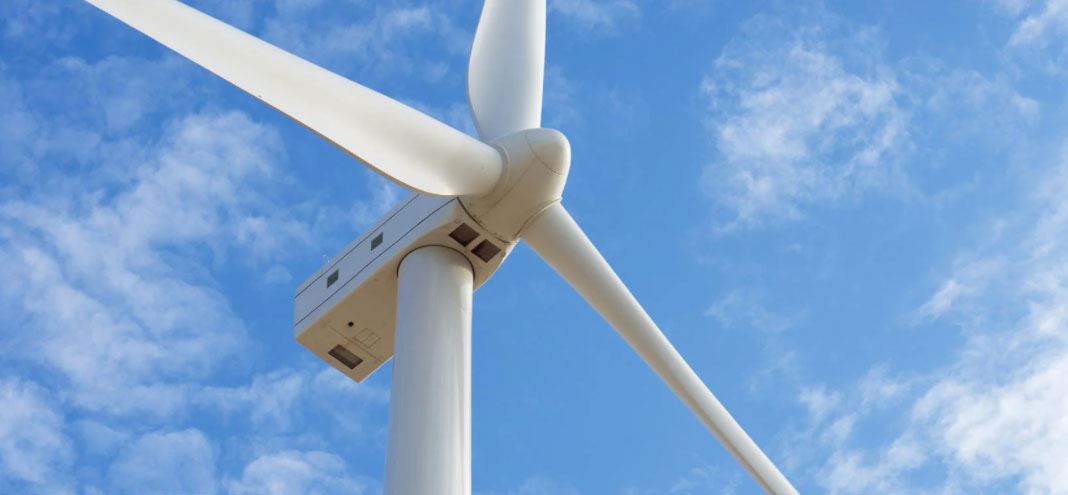To be cost-effective, the various components that make up a wind turbine – the foundation, blades, main bearing and gearbox for example – must be designed and built to survive for a long time in an extremely challenging environment, far out at sea. Even when taking into consideration the difficulty of accessing the turbines, we must try to minimise the costs related to maintenance, repairs and replacement. This can be achieved in many ways, among which digital monitoring of the entire structure and of the loads to which it is exposed.
Last but not least, the mass produced, complex structures that are offshore wind turbines have to be produced in a sustainable way, in addition to being cost-effective and durable. These are the challenges SINTEF is tackling.
World-leading expertise on offshore material and production technologies
SINTEF boasts a leading research environment with expertise in both materials technology and production technology. We use this expertise to select and develop the right materials and production methods for offshore wind, and to find solutions to protect structures against degradation and breakdown.
We use state-of-the-art laboratories and numerical models in our research work. It is worth pointing out that our efforts benefit greatly from the expertise built up through years of close collaboration with energy companies on materials and production related topics in offshore oil and gas infrastructure.
One example of our research achievements is our contribution to the wind industry, which has traditionally been land-based, with the knowledge of the necessary measures for corrosion protection offshore.
Examples of collaboration with the industry
Drip erosion on wind turbine blades leads to almost 4000 failures of wind turbines a year, and is among the largest sources of maintenance expense in wind farms. Through the CoatLee project, we recently built a large-scale test rig in Trondheim, which will contribute to the development of more cost-effective coating systems for turbine blades.
As part of the AEMON project, we try to detect microscopic fissures in ball bearings and gears, before they become critical, using acoustic emission testing – a method that detects the sound waves created when damage occurs inside the material. Sensors pick up minute changes in the sound signals generated by the components, and tell us when errors are about to occur. This allows for much more precise maintenance, which reduces costs.
Additive manufacturing (also known as 3D printing) has the potential to revolutionise the repair of offshore components, both with regards to energy efficiency and increased lifespan. In the AMRREX project, we looked at how we could repair components without having to replace them, with the help of overlay welding.

